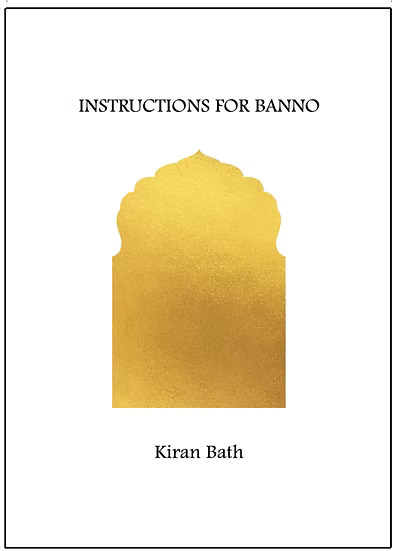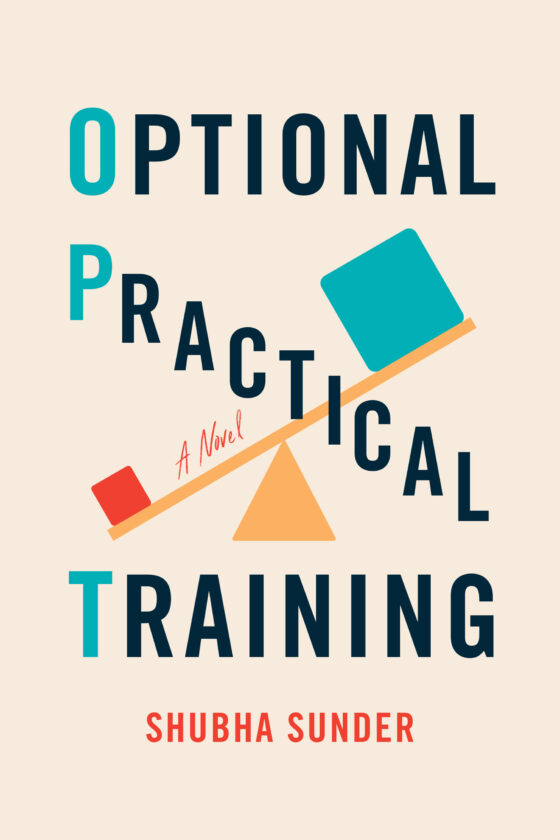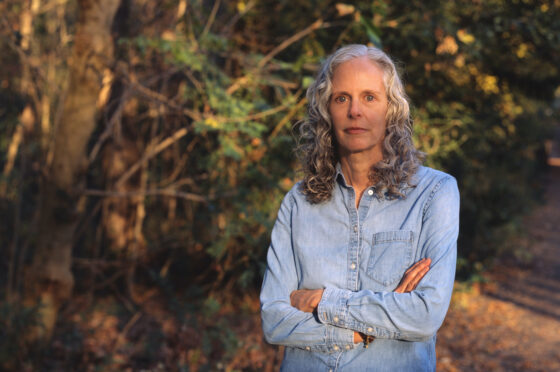There is no place on earth like Los Angeles.
But everyone knows this.
Yet perhaps there is not a single place on earth where the end of the world will seem like just another fly-by-night off-off-Hollywood movie, screened in the dank interiors of an after-hours death rock club. That’s my recent suspicion, at least after reading Steve Erickson.
Certainly my beloved San Francisco, New York, and Los Vegas are unique (and worthy of hosting Doomsday) — but there is an unmistakably kaleidoscopic, candy-colored surreality to Los Angeles that can only either be taken for granted or dreamed late at night under the influence of barbiturates and Zankou Chicken garlic sauce.
Where else can you eat the world’s best dolmas in a neighborhood calling itself The Byzantine Latino Quarter? In what other city on earth can you expect to see Ron Jeremy scarfing down a Reuben at three in the morning while you’re trying to have a serious conversation about The Iliad with an off-duty bellhop? Where else but Los Angeles can you go to a boutique specializing in human bone jewelry and then cool off with a Mai Thai at a place in Chinatown that is supposed to look like the inside of a volcano?
Los Angeles is a carnivalesque caricature of itself at every turn and thus it becomes more real than anything else.
Many have written of Los Angeles and most of the best hone in on the city’s innate seediness, criminality and emotional corrosiveness. Filmmakers have tried to capture the lure of Los Angele’s quickly-metastasizing temptations, ones which usually end in tragedy or madness. David Lynch seems to find in Los Angeles a very blueprint of Freud’s Id.
And in fact Lynch is very close to what I think of as a cinematic analogue to the writing of Steve Erickson. But Erickson, I think, has more empathy for his characters and is more interested in love.
Now that I’ve finished Steve Erickon’s first novel, Days Between Stations, I think he not only captures the Los Angeles I have come to love and fear, but has shown me a way to view the end of the world with a matter-of-fact lyricism that most writers would be too afraid to pull off.
After I finished the book, I said to myself, “My God, how did he pull that off?!”
In fact, one of the back blurbs from Carolyn See proffers the very same incredulous admiration: “There isn’t a risk that Steve Erickson hasn’t taken in this novel: one gets the feeling that he’s laid everything on the line.”
If you want a teaser, imagine if Los Angeles is suffering from sky-darkening sandstorms, storms that abrade the paint on cars and buildings, that chisel nonsensical glyphs into windows and that cause city-wide blackouts, blackouts that induce the populace to build “moonbridges” so that they can track, like hunters, the trajectory of lunar light. In the sand-clogged darkness, love goes on as before, but with desperate, almost rapacious intensity.
Meanwhile, in Paris, the city is freezing, the Seine is clogged with glowing blocks of ice and Parisian citizens are forced to build bonfires in the street.
Into these meteorologically-tormented cityscapes, amnesiacs and lunatic filmmakers and bicycle racers all cross paths and hearts. The overall tapestry is very much like jumbled frames of film from some forgotten movie about the French Revolution. The overall effect is hypnotic and heartrending.
Erickson has seven more novels after Days Between Stations, all of which appear to riff on the idioms of his own private mythology: Los Angeles, lost children, the cinema, feverish eroticism, forgotten identities, parallel universes and the unravelling of history and chronology.
But don’t take my word for it. Read this awesome appreciation of his work in The Believer by Brian Evenson, another superb writer.




